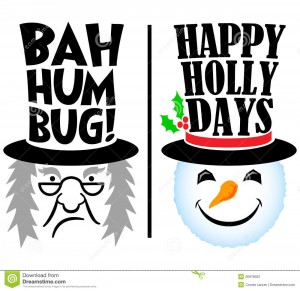 A prestigious medical periodical, the British Medical Journal, has published research conducted in Denmark which was aimed at locating the Christmas Spirit with regard to the human brain. Two groups of test subjects were shown images recognizable as specifically associated with Christmas themes interspersed with neutral images with similar characteristics, but not associated with Christmas. The subjects were shown these images while having their brains scanned by a Magnetic Resonance Imaging machine.
A prestigious medical periodical, the British Medical Journal, has published research conducted in Denmark which was aimed at locating the Christmas Spirit with regard to the human brain. Two groups of test subjects were shown images recognizable as specifically associated with Christmas themes interspersed with neutral images with similar characteristics, but not associated with Christmas. The subjects were shown these images while having their brains scanned by a Magnetic Resonance Imaging machine.
The two groups of ten were folks recruited in Copenhagen. One group were healthy folks who regularly celebrate Christmas. The second group were folks who don’t have Christmas traditions. “Those in the “Christmas group” were ethnic Danes who celebrated Christmas according to Danish tradition, while those in the “non-Christmas group” were Pakistani (n=2), Indian (n=2), Iraqi (n=1), or Turkish (n=2) expatriates or people of Pakistani descent (n=3) who were born in Denmark.” These subjects were then shown a loop of images which paused each image for two seconds. They were shown six images associated with Christmas, which were then followed by six neutral images.
The esteemed researchers found that there were specific portions of the brain which were activated in the brains of the test subjects who traditionally celebrated Christmas when they viewed the images specifically associated with Christmas, but not when viewing the neutral images. Five areas of the brain appear to simultaneously house the Spirit of Christmas, specifically, the portions of the brains which were activated were the sensory motor cortex, the premotor and primary motor cortex, and the parietal lobule (inferior and superior).
The researchers concluded that the Spirit of Christmas resides in a network comprising those five sections of the brains of folks with traditions of celebrating Christmas. However, they cautioned that there are those among their colleagues in the respective specialities of the research team who may not appreciate their conclusions. They also had not accounted for certain images associated with Christmas in which the image was dominated by the color red. There was also the possibility that certain of their colleagues may be influenced by Bah-humbug syndrome. Also, that there may be similar networks in the human brain associated with the celebration of other traditional holidays; namely Easter, Chanukah, or Diwali.
Main image from actressworld.net
Small image from clipartpanda.com
You may read the entire tongue-in-cheek research paper at theBJM.com

